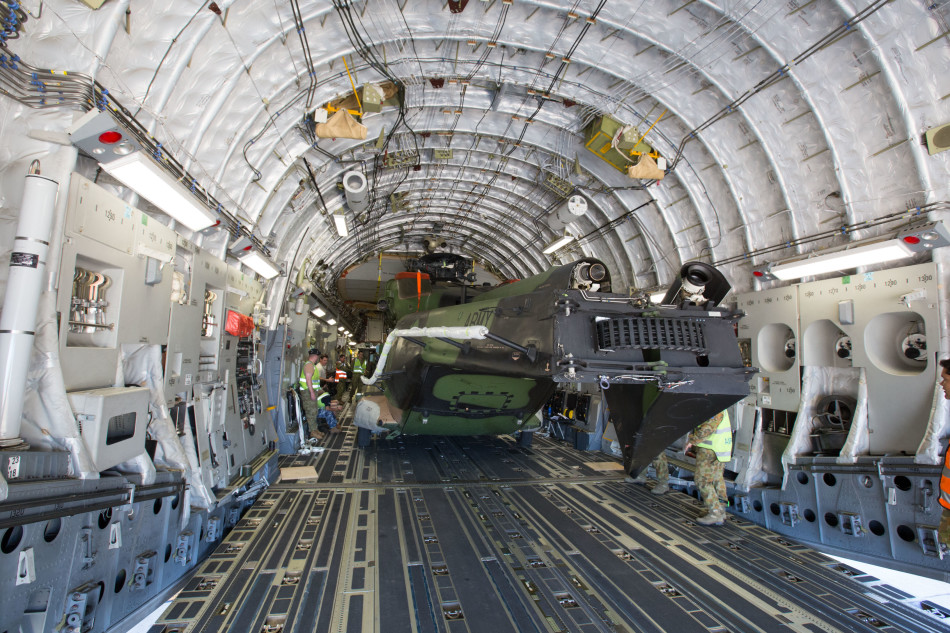Todjaeger
Potstirrer
ANDGoing by memory it's about 170 - 180 and I think maybe 35 tonne depending upon range. The thing about the B757 or B767 as freighters is that they need equipment for loading / unloading at each end and they are restricted to fields with sealed runways (stand fast Pegasus Field, McMurdo Sound).
Not quite correct in terms of numbers. While the MTOW might support up to 35 tonnes of cargo, the aircraft itself could not. The B757 can carry a total of ~11 pallets, but due to limited floor strength, each pallet cannot be more than ~1,000kg.yeah, I think about that much too. The old B727 was 122 from memory full pax.
I think the main reason they are letting the B757 go is the load/unload with needing GSE plus range.
The B757 can take 11 pallets in full cargo which is 5 more than the C130.
Maybe another mod like the older globemasters with the underbelly hoist could be a go.
While a B757 can airlift more pallets than a C-130 could, the actual weight airlifted it comparable. The other issue with using any civilian airliner for air freight, is that the appropriate cargo handling kit is required for both the point of departure, as well as arrival. A military airlifter with a rear ramp does not have such issues.
Now I do not wish to sound like a broken record, but I want to point something out (again, I have already done so 2-3 other times in this thread...) regarding the cost and "utility" of the B757 in RNZAF service. From memory, the max seating capacity in passenger airlift role is ~183. How often does the NZ Gov't need to fly ~183 people to a destination, that it could not arrange to fly that many people there using Air NZ, or some other commercial service? I ask because having run the numbers, the cost to fly 183 people from NZ to the US using the B757's costs about as much having that many people fly Business Class from NZ to the US using Air NZ, or about $5,000 per seat, assuming full capacity. If only a few people are being sent somewhere, then the cost per seat climbs even higher. Pretty much the only time doing so would make sense to me is if commercial seating to the destination is not available when needed, or if it was available but at a higher price.
The capabilities present in the RNZAF B757's is for the most part just reproducing capabilities Air NZ has, but without the benefits or efficiencies of scale that Air NZ can have. That sort of makes the whole of Gov't use argument somewhat flat for me.


